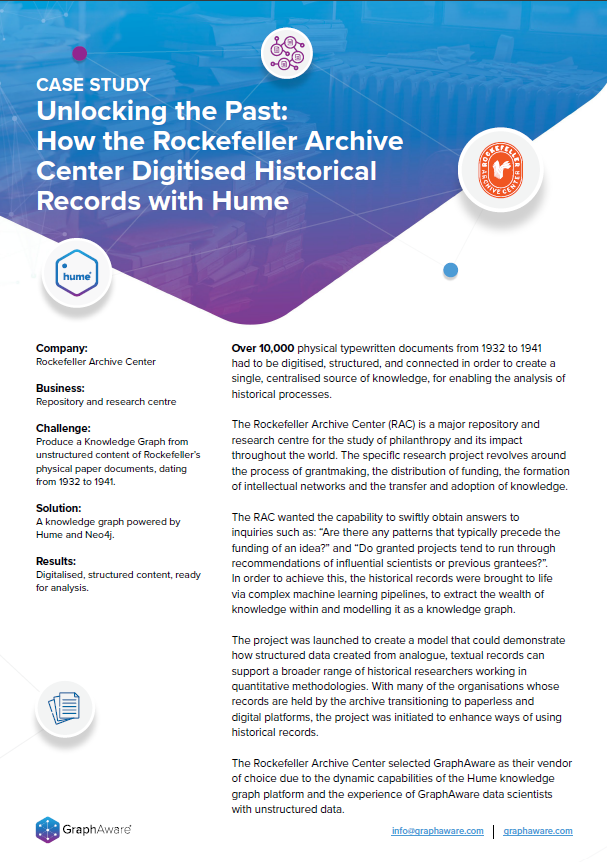Neo4j as a viable tool in a relevant search ecosystem demonstrating that it offers not only a suitable model for representing several complex data, like text, user models, business goal, and context information but also providing efficient ways for navigating this data in real time. Moreover at an early stage in the “search improvement process” Neo4j can help relevance engineers to identify salient features describing the content, the user or the search query, later will be helpful to find a way to instruct the search engine about those features through extraction and enrichment.
Moreover, the talk demonstrates how the graph model can provide the right support for all the components of the relevant search and concludes with the presentation of a complete end-to-end infrastructure for providing relevant search in a real use case. It will show how it is integrated with other tools like Elasticsearch, Apache Kafka, Stanford NLP, OpenNLP, Apache Spark.
